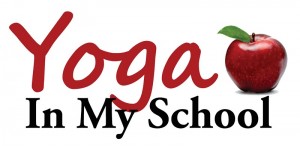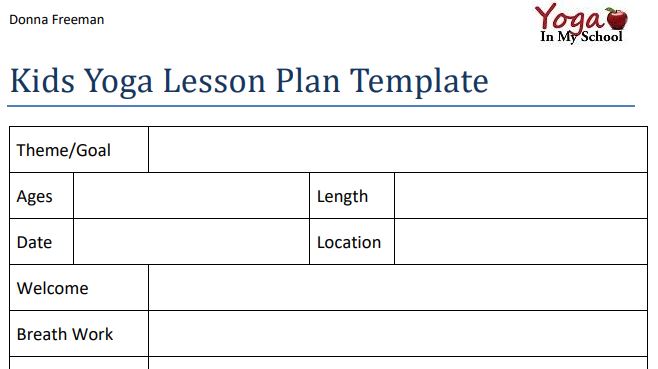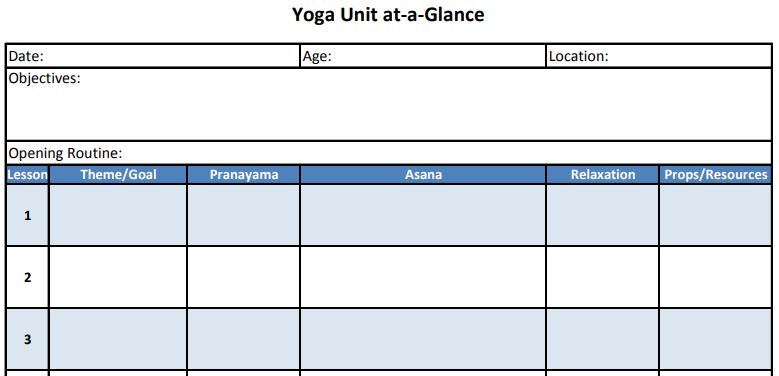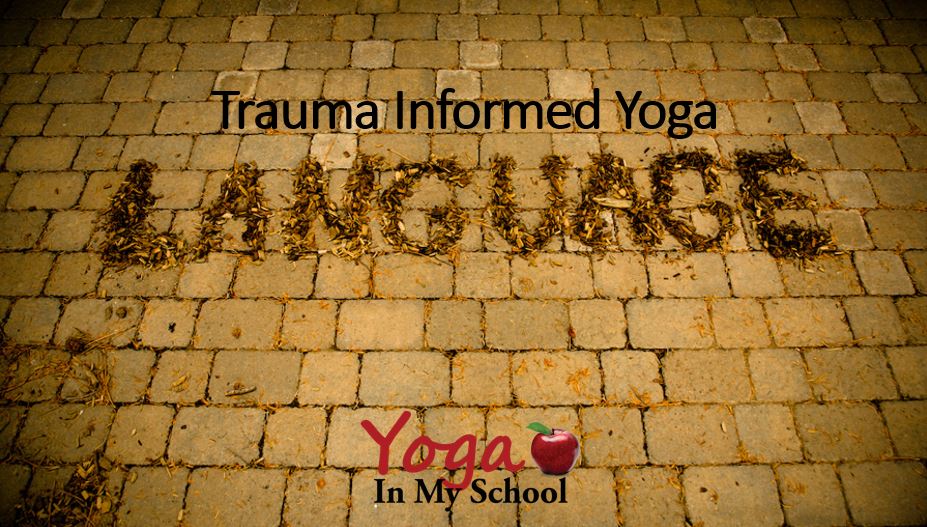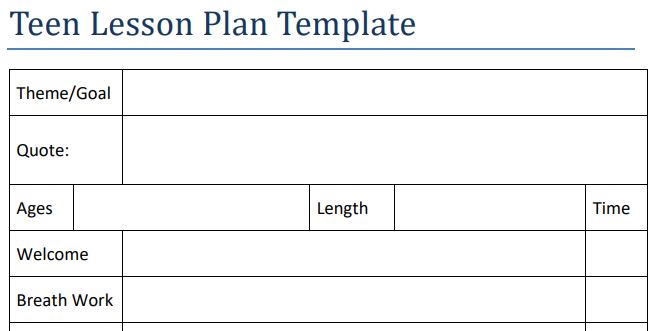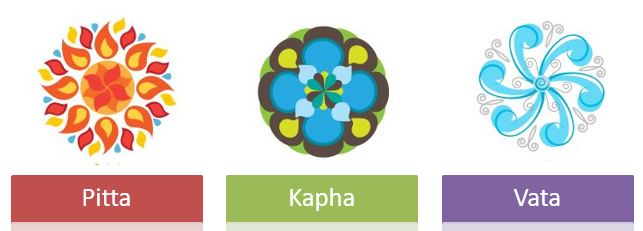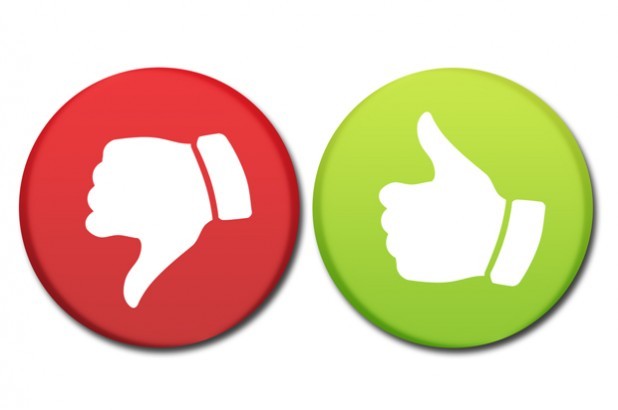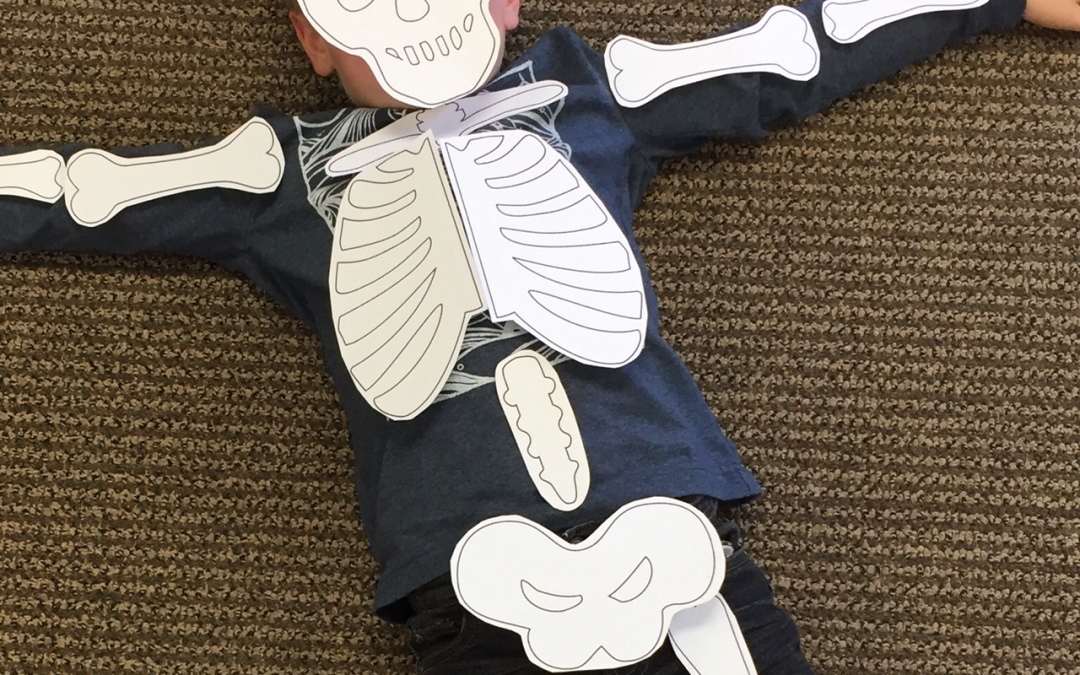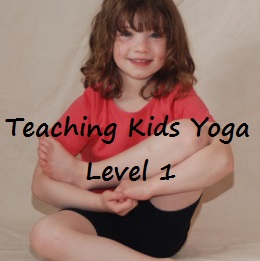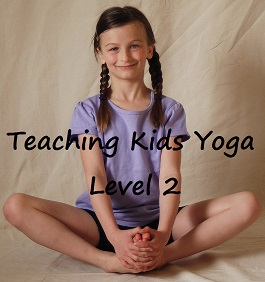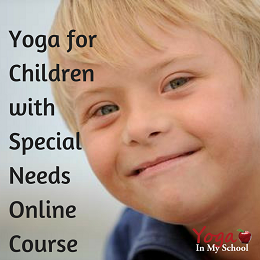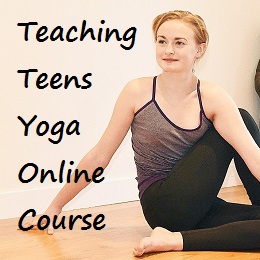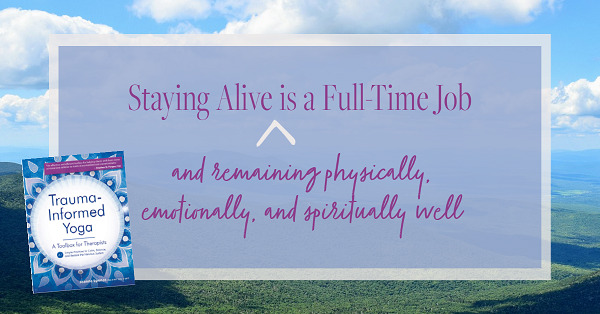
by Donna Freeman | Breathing, Meditation, Mindfulness, Yoga Teacher Training
Donna Freeman, founder of Yoga In My School and host of the podcast, recently sat down and chatted with Joanne Spence about her new book Trauma Informed Yoga (release date March 9. 2021).
Listen to their conversation about trauma, the importance of becoming trauma informed, polyvagal theory and why it’s important, and specific tools that everyone/anyone can use to help self regulate.
Enter to win a copy of her book. Contest runs March 1-8, 2021. Open to all 18 years of age and over. Winner will be contacted via email. Multiple entries encouraged.
a Rafflecopter giveaway
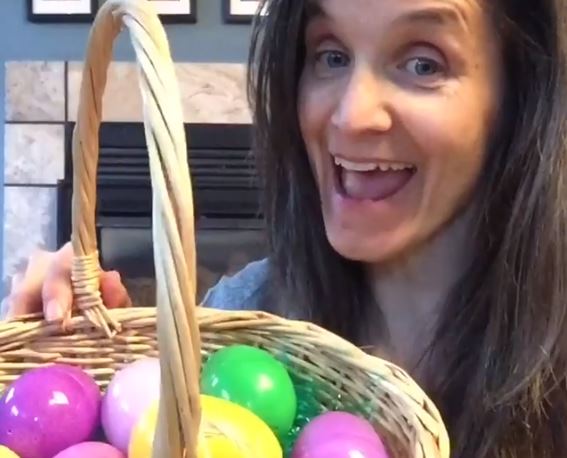
by Donna Freeman | Breathing, Kids Yoga, Special Needs Yoga, Teaching Tips, Yoga Teacher Training
Kids Love Easter Yoga. Discover an easy way to take Bunny Breath up a notch by adding in developmentally appropriate levels to stimulate body and mind.
During our weekend workshop Yoga for Preschoolers and Kids with Special Needs we cover a lot of material having to do with developmental milestones and how you can assist children to meet these milestones in creative and fun ways. What is really inspiring is by adding in somatic techniques into your kids yoga classes you are also developing essential neurological pathways and helping the brain to organize itself. Truly a win-win.
This IGTV video explains why you want to add hopping to your Bunny Breath pranayama practice.
Find the Easter Basket Lesson Plan
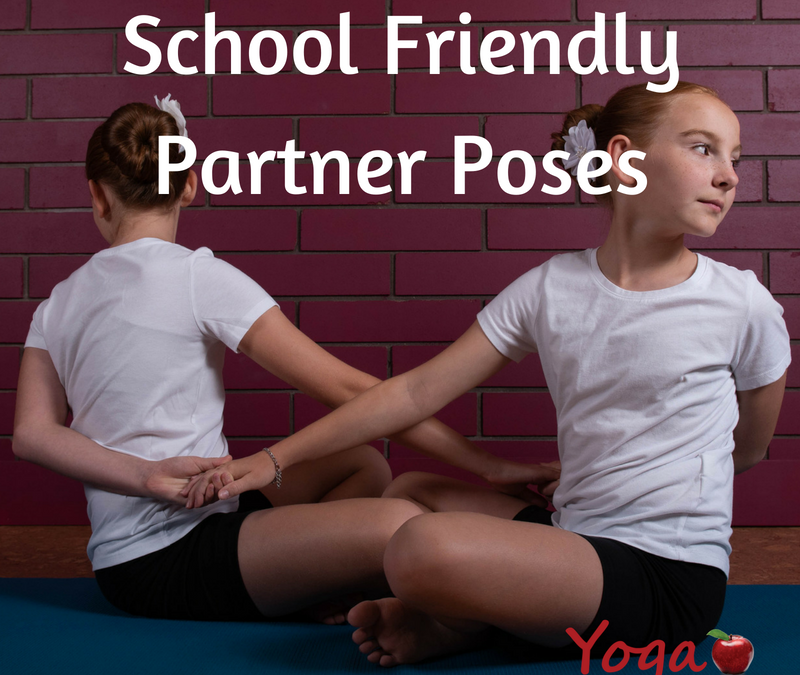
by Donna Freeman | Kids Yoga, Store, Teen Yoga, Yoga in School, Yoga Teacher Training
Discover yoga partner poses suitable for all ages and abilities to foster kindness, communication and teamwork. Learn how to partner effectively, best practices and considerations for a safe and wholesome school yoga practice. All poses are suitable for the school environment with age recommendations to cultivate connections and ensure safety. This e-book has been developed from years of hands-on experience working with students from preschool-grade 12.
This downloadable PDF includes:
- Benefits of Partner Poses
- Classroom Management Tips
- Creating a Safe Space
- 8 unique Creative Ways to Partner
- 41 Partner Poses for ages preschool-highschool with lots of variations, age recommendations, color photos and step-by-step instructions
Special Introductory Pricing
School Friendly Yoga Partner Poses
Discover yoga partner poses suitable for all ages and abilities to foster kindness, communication and teamwork. Learn how to partner effectively, best practices and considerations for a safe and wholesome school yoga practice. 18 page full color PDF. Includes 41 partner poses.

by Donna Freeman | Yoga Teacher Training
Develop an understanding of the fundamental skills, attitudes and guidelines which contribute to success when teaching children’s yoga. Teaching yoga to children is vastly different from teaching to adults. Learn how to connect with kids, discover your own voice and the power of being genuine, be a true professional by understanding who you are, what you do and how to best present yourself, all while having a blast and knowing you are impacting children’s lives in a positive and meaningful way.
Join founder of Yoga In My School Donna Freeman as she outlines the A-Z of teaching yoga to kids. A is for Attention – learn the key to increasing attention span … what is Q for? 90 minutes
RESOURCES:
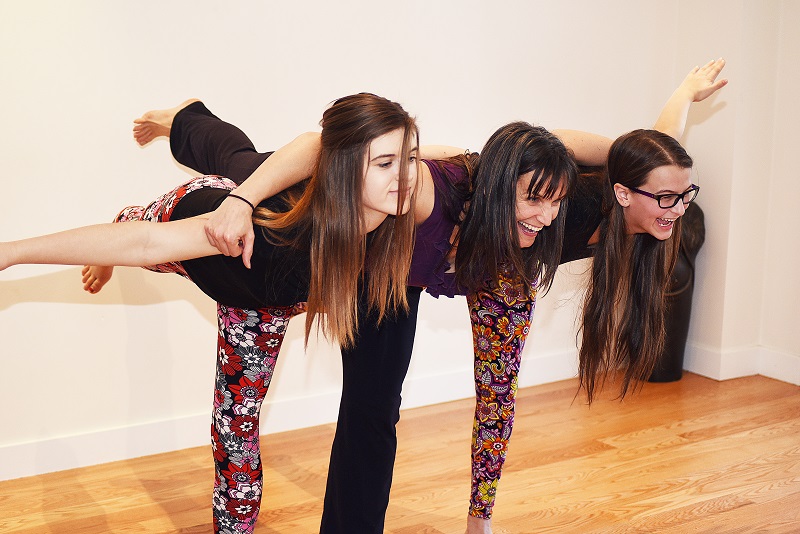
by Donna Freeman | Yoga in School, Yoga Teacher Training
Over the past few years more and more schools are offering yoga and mindfulness as part of the curriculum. This is in part due to the increase in research supporting the benefits of yoga and mindfulness including improvements in attention span, focus, ability to deal with stress, creativity, confidence and self management, to name a few. When offering school based yoga programs it is important to recognize that schools have a unique culture which is vastly different from yoga studios, recreational centres, private lesson or community classes.
These do’s and don’ts come from 14 years experience working in the Alberta, Canada education system. They are a guide on how to offer yoga in an available, approachable manner to improve the overall health, wellness and learning readiness of the next generation.
Above all support the programs you offer to schools with follow up and additional support for administrators and teachers. We can change the world one moment, one breath, one child at a time with regular practice, open communication and relationship building.
For more information on how to effectively and appropriately teach yoga in schools to kids and teens please join a Yoga In My School weekend workshop.
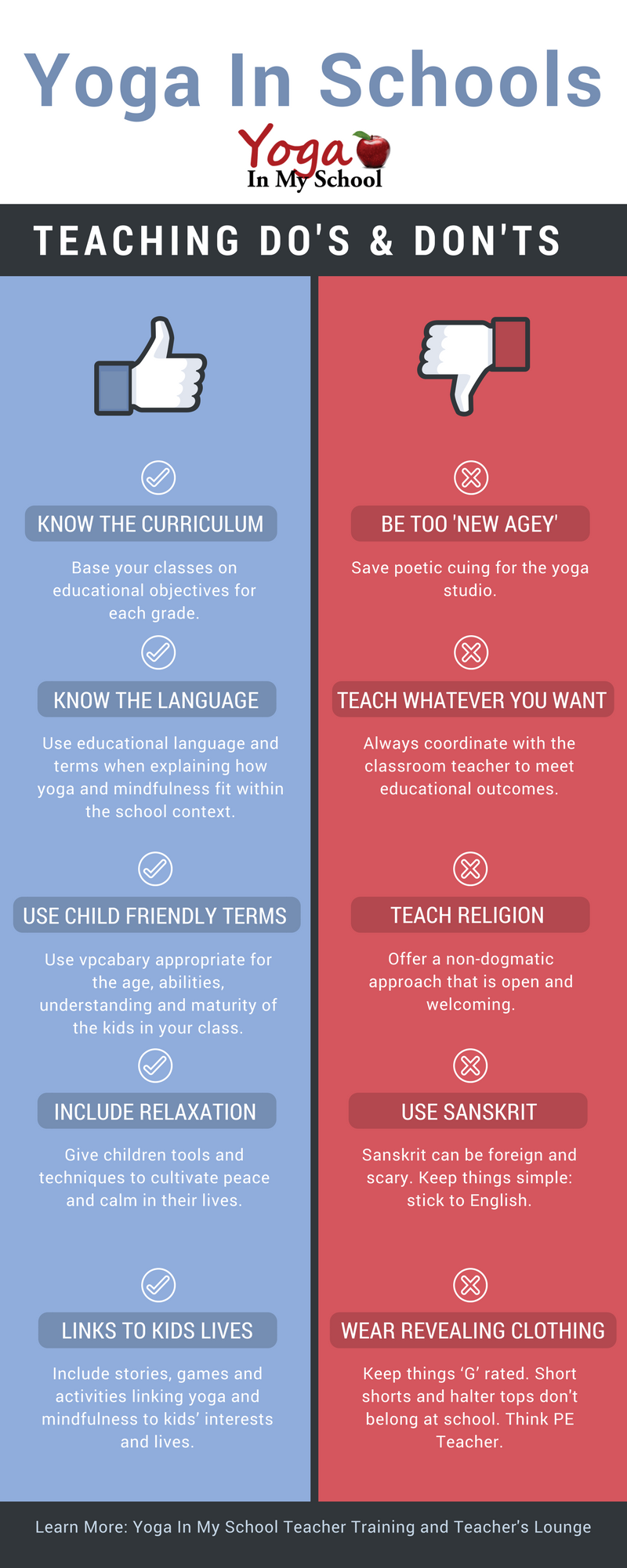
Don’ts
Don’t Be Too ‘New Agey’
Keep your words and approach grounded and real. Offer straight up yoga and mindfulness skills without fluff, illusions, artistic interpretation. For example with Sun Salutations don’t say, “Reaching tall to the sun embrace it’s loving radiance and hold in within your heart.” Save the poetic cueing for the yoga studio.
Don’t Teach Whatever You Want
Always co-ordinate with the classroom teacher as to their goals for the class. Every school period has specific educational outcomes. Teach within these parameters.
Don’t Be Surprised by the Religion Issue
Have alternative ways to offer yoga and mindfulness that will appeal to all participants. This may mean reframing and rephrasing the experience into ‘mindful movement’ or ‘stretch & relax’ sessions and avoiding trigger words such as ‘Om’. Always offer a non-dogmatic approach being open and welcoming of all traditions.
Don’t Use Sanskrit Terms or Chants
Yes, we in the yoga world love our Sanskrit but to many these terms can be foreign and scary. Use English. Save Sanskrit and chanting for studio classes or high school Yoga 15, 25, 35 classes.
Don’t Wear Revealing Clothing
Keep things ‘G’ rated. Check your clothing in the mirror before you leave the house. Too much cleavage? Too tight? Too revealing? Is it appropriate for a 6 year old or a hormone riddled teen? Ask yourself what would a PE teacher wear?
Do’s
Do Know the Curriculum
The Alberta Program of Studies is available online. Do your research and know what needs to be taught for each grade level. When teaching Grade 3 students its wonderful to explore bhramari breathing knowing that it supports the Grade 3 Science curriculum regarding learning about sound.
Do Know the Language
Knowledge of the language of education is essential in order to express how yoga and mindfulness can address the challenges faced in today’s classroom. Know what it means to be coded, what is RTI (Response to Intervention), an IEP (Individual Education Plan) and other terms common to education.
Do Use Child Friendly Terms
Your teaching style and language will change depending on the age of the students. Use terms appropriate for the age, abilities, understanding and maturity of the kids in your class. For example be very concrete when working with younger students, ask them “Please sit down criss cross, eyes on me.”
Do Include Relaxation and Mindfulness
Kids today are over programmed, over scheduled and over stimulated. They are in desperate need of relaxation tools and mindfulness practices to invite peace and calm into their lives. Give them this gift. Movement is a form of meditation. So is stillness.
Do Link to Kids Lives
Include stories, games and activities linking yoga asana, pranayama and relaxation to kids’ interests and life. Many poses are named after animals and pranayama can be tailored for specific needs such as finding calm, before bed, or test prep.

